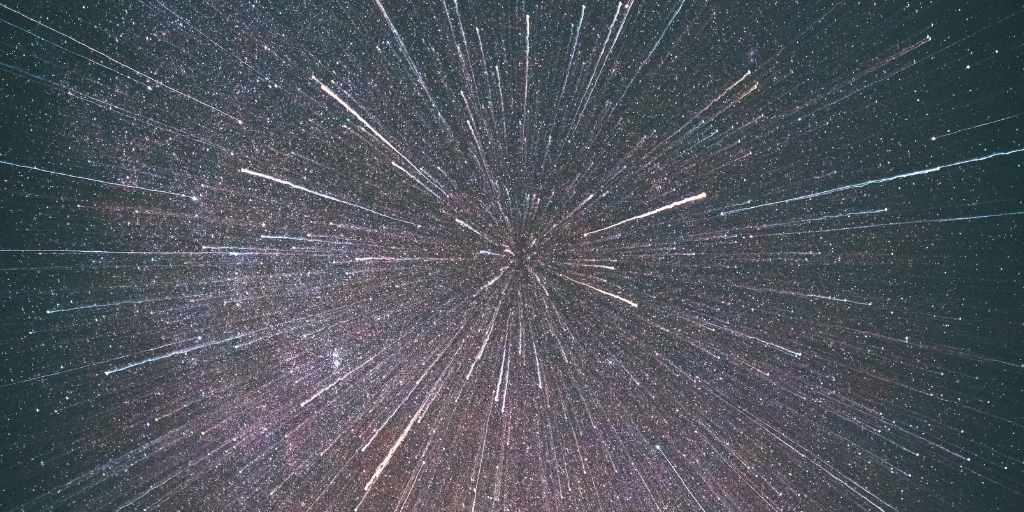Secularists take aim at biblical Christianity because of supernaturalism—what they often forget is just how “miraculous” the evolutionary origin story is.
Original Editor’s note: We offer this satirical look at evolution on national fairy tale day as a lighthearted and simplified explanation of the naturalistic origin of the universe and the life in it.
This article originally appeared on Answers inGenesis.org on February 21, 2021.
Once upon a time, there was nothing—or at least nothing almost everywhere. Then, there was something all over the place.
At a single point in time and space, the universe popped out into existence. We call it the “big bang.” Before then, everything was condensed into a single point of infinite density and extreme heat. Then, boom! We got matter, the laws of physics, and every other phenomenon that exists in the universe, even though no one ever observed it. But that’s what happened. Everything came from nothing—got it?
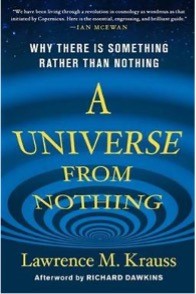
Now that may seem unbelievable when it’s put it like that. Maybe. That’s why some cosmologists have begun to doubt this part of the story. They claim there are multiple universes out there—a “multiverse” if you will. Infinite universes, parallel universes, and even daughter universes spread out over infinite space. Whether you believe in the big bang or in the multiverse, it doesn’t really matter. So long as you don’t believe God created everything!
Now back to the big bang drama: it happened. About 13.8 billion years ago if you ask many scientists these days. Once they thought it was 10 billion years ago. Then someone recently said it was 12.6 billion years ago. Ten billion, 13.8 billion years—whatever you want to believe so long as it’s deep time: a few billion years ago (plus or minus), it all started.
Order from Chaos
Now in the real world, things usually go from order to chaos. In observational science, that’s the second law of thermodynamics: systems tend toward entropy or disorder. Entropy can be observed in everything, particularly if not cared for meticulously, from engines running down, to crumbling buildings, even to tangled yarn. That’s normal. It’s a scientific law.
But in this story, things are different. After the big bang, we got the opposite: order from chaos—as if by magic. Instead of a crumbling mass of confused particles, protons, and plasma, the universe self-assembled into spiral galaxies, binary stars, dark matter, black holes, and rotating planets. Complexity birthed more complexity in a way that’s never been observed anywhere else. We didn’t see it, but that’s how it happened. Order from chaos instead of how we observe things today, got it?
After the big bang, we got the opposite: order from chaos—as if by magic. Instead of a crumbling mass of confused particles, protons, and plasma, the universe self-assembled into spiral galaxies, binary stars, dark matter, black holes, and rotating planets.
Evolution: A Fairy Tale – Brandon Clay
Earth in the “Goldilocks Zone”
Then about nine billion years after the big bang, our solar system started to form. Interstellar gas and dust collapsed to form our sun, the planets, the moons, and everything else in our celestial neighborhood. At least that’s our most popular theory these days.
Earth formed about that time too. Ours is the only planet we know that harbors life. It’s actually perfectly situated in our solar system. So much so that we call the area our planet travels around the sun, “The Goldilocks Zone.” Just like in the Goldilocks story where Baby Bear’s porridge was “just right,” the earth formed in the “just right” zone for us too. If our planet were too close to the sun, water would vaporize. If our planet were too far away, water would freeze. And so we find our planet in the perfect habitable zone in our solar system . . . by accident. Pure chance.
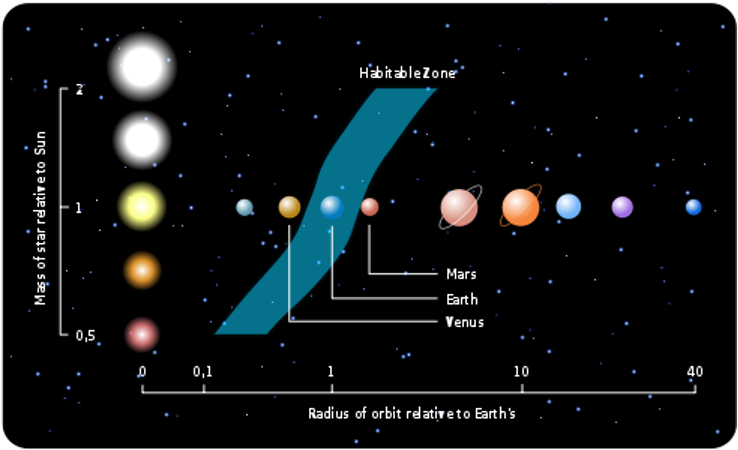
Origin of Life from Non-Life on Earth
But what about life on earth? Well, boys and girls, here’s where things get interesting. Like the old “Choose Your Own Adventure” books, we have three options on how life began.
Never mind that the chance of a protein randomly occurring is one chance in 10164. At this point, you should probably just ignore the math: it doesn’t really help the story.
Evolution: A Fairy Tale – Brandon Clay
Option one is the most popular. Life spontaneously originated in a simple form inside a primordial soup. This “soup,” or collection of gases and organic molecules in the early earth, bounced around, was injected with energy, and eventually self-assembled and formed amino acids and proteins or nucleotides and RNA, the building blocks of life. Never mind that the chance of a protein randomly occurring is one chance in 10164 (Probability of Protein by Chance). At this point, you should probably just ignore the math: it doesn’t really help the story.
Option two is similar to option one, except instead of primordial soup, life originated from non-life in an underwater hydrothermal vent. As this super-heated alkaline water mixed with acidic sea water, life created itself out of non-living material, hence, life from non-life emerged at the bottom of the sea. The same infinitesimal chances for “chemical evolution” actually happening apply here too.
Now those that are science-minded may object to this part of the story. After all, didn’t Louis Pasteur disprove the ancient theory of “abiogenesis” (or life from non-life) by his experiments? People once thought life spontaneously arose out of rotting meat, but they stopped believing that after Pasteur. You too may think believing in “abiogenesis” is like believing in the Easter Bunny .
Well then, you should pick option three in this origin of life adventure: panspermia. That’s where life originated in another part of the universe and was delivered by a comet (or even an advanced alien civilization) to an early earth, when conditions were just right for life to evolve. With this option, you don’t have to believe in impossible things like abiogenesis. Instead, you need to believe in “lucky stars” or alien lifeforms seeding our planet with proto-lifeforms. That doesn’t tell us where alien life originated (but don’t think too hard about that).
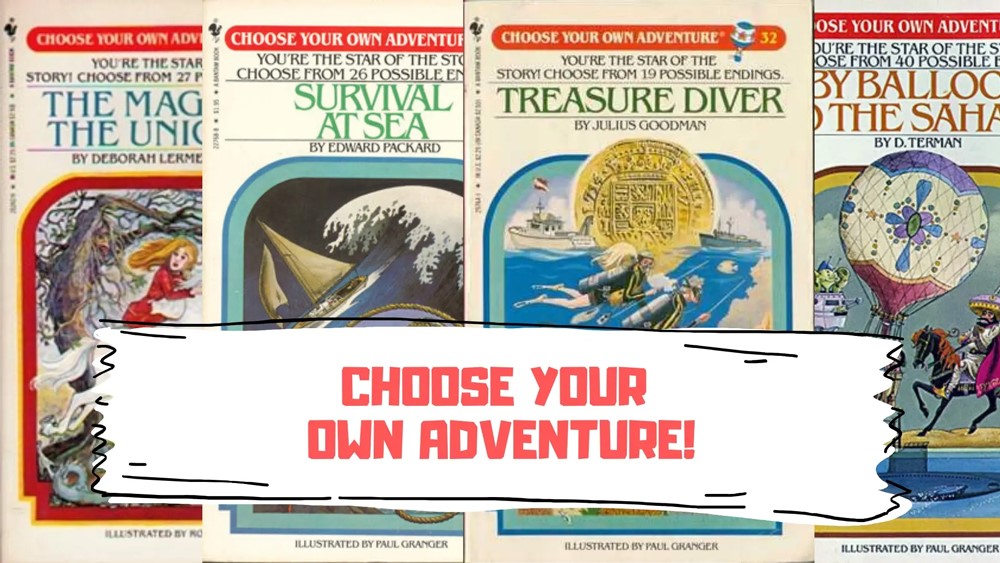
DNA Created Itself
Now that we have an early life-form from chemical evolution or panspermia, we’re ready for old-fashioned biological evolution to start happening. That’s where simple life forms self-modify and evolve into other life forms. So we start with (probably) a simple, single-cell organism. Nobody knows for sure about this initial lifeform since no one was there, but let’s go with it.
This proto-lifeform was a tiny living being hanging out in the early earth. It had DNA, or something like it. DNA, or deoxyribonucleic acid, is the hereditary material in almost all organisms. Just as a high-rise condo building can’t be built without blueprints, neither can any organism get built without DNA. Without DNA, life doesn’t exist.
Now DNA is an interesting part in the story. DNA is information. But it’s more complex than anything anyone has written. Bill Gates once said, “DNA is like a computer program but far, far more advanced than any software ever created.” And that’s the blueprint that every living being is built with. Where did DNA come from? We don’t know. It just self-assembled like the universe. Out of thin (well, getting thicker by this time) air. Never mind that no computer program ever wrote itself. But in our fairy tale, DNA wrote itself. Some of the most complex information in the universe created itself. Are you still buying this?
Chance Mutations over Billions of Years
So now we have an early organism with self-constructed, self-replicating, and self-translating DNA, we’re ready to start evolving. That’s exactly what this proto-lifeform did: evolve.
Evolution: A Fairy Tale – Brandon Clay
So now we have an early organism with self-constructed, self-replicating, and self-translating DNA, we’re ready to start evolving. That’s exactly what this proto-lifeform did: evolve. A few billion years ago, this tiny proto-organism’s descendants evolved through random mutation and natural selection. The initial type of cell expanded into or engulfed other types of cells. Those cells that survived into the second generation carried genetic changes in the DNA into the next generation, and so on, and so on. This process, over the course of billions of years, is responsible for all the biological diversity on the planet. The process created, for example,
- A 133,000 square mile coral reef (the Great Barrier Reef)
- 300-ft Redwood trees
- 80-ft long blue whales
- And every other large organism on the planet.
Not only did biological evolution self-create all the large organisms, it also created all the small organisms found on terra firma, including the tiny…
- 14-oz Pygmy rabbits
- 2-inch Bee hummingbirds
- Microscopic Streptococcus pyogenes, responsible for strep throat.
- And every other miniature organism on the planet.
Millions of different species descended from a single-cell organism billions of years ago so that every single biological lifeform is related in some way to each other. The bacteria that causes strep throat is a “cousin” to the blue whale. The protozoa found at the bottom of the local pond is related to the programmer who works at PayPal. Every lifeform is connected to every other lifeform through the glorious (if implausible) process of evolution.
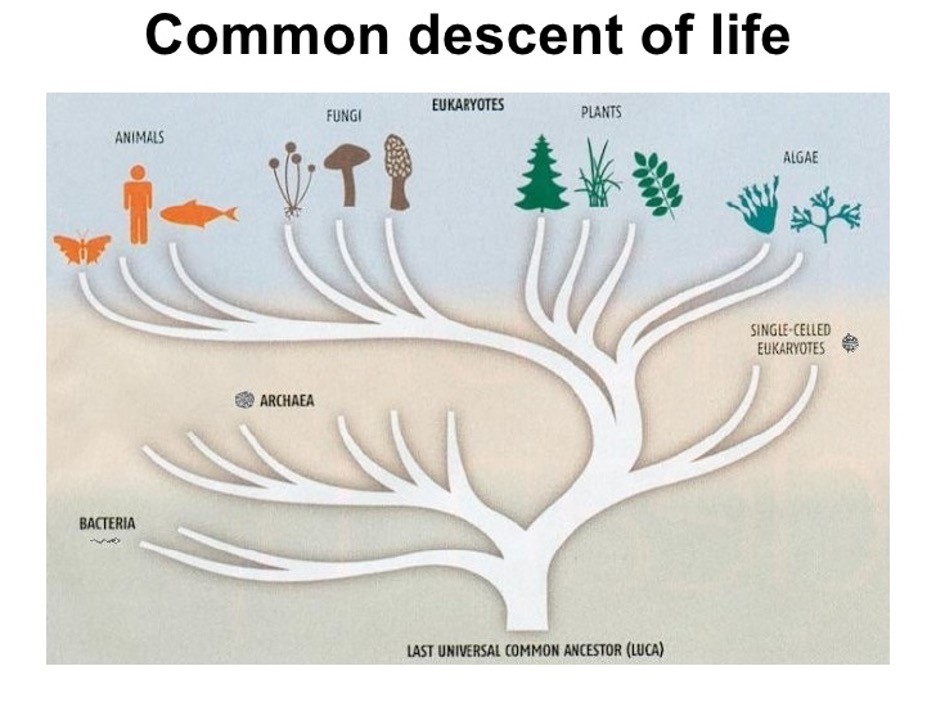
Transitional Forms & Evidence Missing
Now don’t be alarmed if there’s little evidence for all these connections between lifeforms on the planet. The transitional organisms that are required in this massive origins story are simply not found to the scale that would be expected in the fossil record. Sure, there are a few organisms that look like they could be transitional. But the evidence isn’t exactly an open-shut case of particles-to-people evolution. These forms may be related to other similar organisms. Or not. Which is to say, these so-called “transitional forms” are not truly evidence. But they do help with the story.
That’s why we don’t delve too deeply into all the problems of evolution. Evidence is not really the point. It’s the story: the narrative. It’s the fable we’ve heard since before Darwin came on the scene—really since ancient Greece.
Evolution: A Fairy Tale – Brandon Clay
That’s why we don’t delve too deeply into all the problems of evolution. Evidence is not really the point. It’s the story: the narrative. It’s the fable we’ve heard since before Darwin came on the scene—really since ancient Greece. The story changes periodically, but that’s okay. Good stories can change with the times. That’s why the latest textbooks have the best “information.” Some of the old ones had some downright falsehoods (like Piltdown Man) that helped the story along even after being exposed as fraudulent (like Recapitulation Theory).
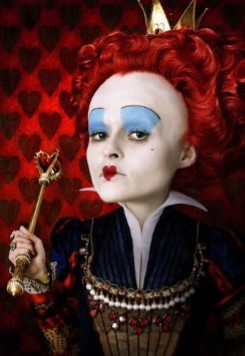
So don’t look too closely at the math, or the evidence, or any “pseudo-science” that tells you otherwise. Evolution happened from self-created molecules to man. If evolution hadn’t happened, you wouldn’t be here to consider these questions in the first place. And there’s simply no other way for everything to be here without evolution.
Believe Impossible Things
The Red Queen once told Alice in Wonderland, “Why, sometimes I’ve believed as many as six impossible things before breakfast.” Evolution asks the same from you: believe impossible things. Believe that something came from nothing; order came from chaos; the earth magically formed in a “Goldilocks Zone”; life came from nonlife; DNA created itself; and a many other absurd, preposterous, and impossible things. What do you believe?
The end.
Featured Photo by Casey Horner on Unsplash.


